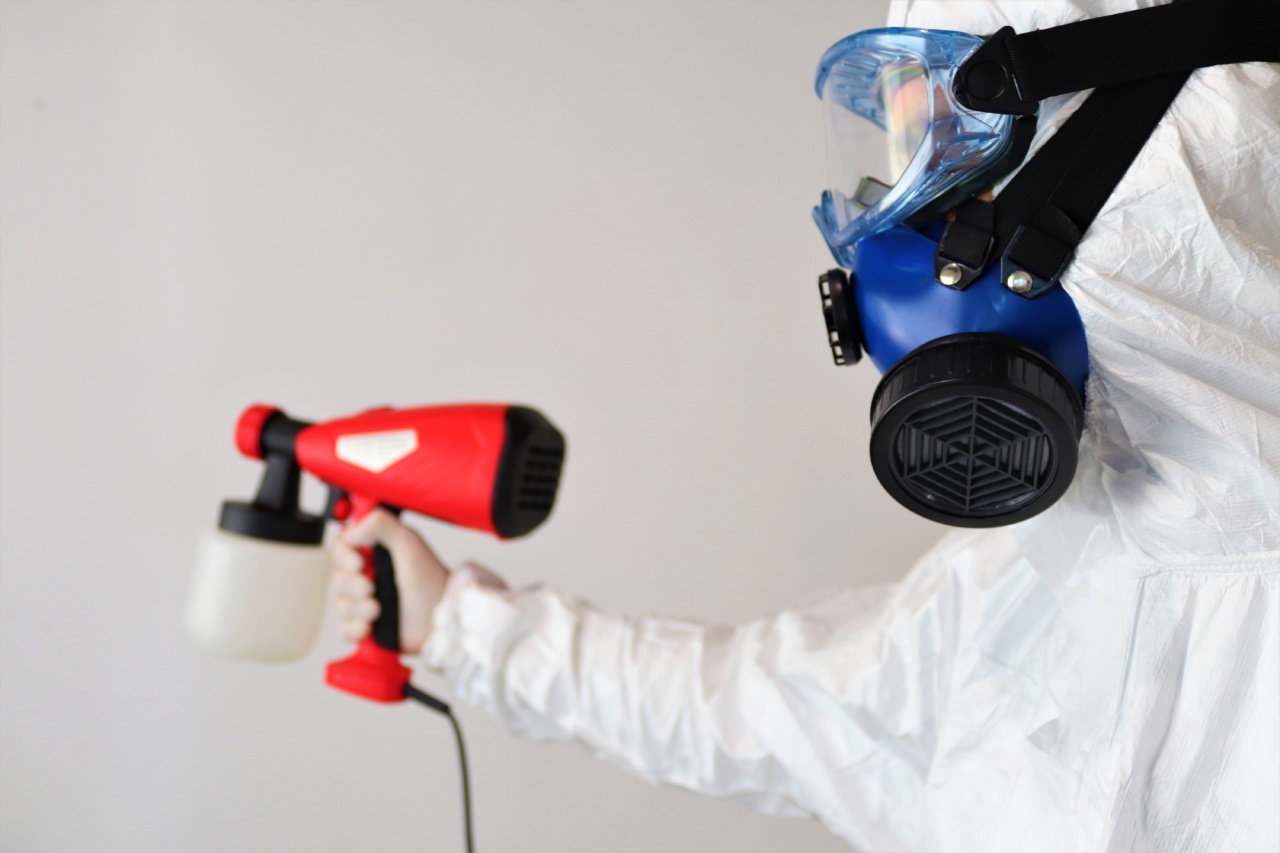In today’s modern world, we are surrounded by a plethora of chemicals in our everyday lives. From the cleaning products we use, to the furniture and electronics in our homes, these chemicals have become an integral part of our daily routines.
However, recent research suggests that some of these chemicals may be contributing to the rise of certain diseases. In this article, we will explore the potential link between the chemicals found in our living rooms and a specific disease.
The Rise of the Disease
Over the past few decades, there has been a significant increase in the prevalence of a particular disease. This disease, once considered rare, has now become alarmingly common, affecting millions of people worldwide.
Researchers have been puzzled by the sudden rise in cases, as there are no identified genetic factors or infectious agents responsible for its occurrence.
Chemicals in Your Living Room
As we spend a significant amount of time in our living rooms, it is essential to examine the potential role of the chemicals present in these spaces.
The furniture industry, for instance, extensively uses flame retardant chemicals in upholstered items to meet safety regulations. These flame retardants have been found to release toxic substances into the air, which could be inhaled or come into contact with our skin.
Furthermore, many household cleaning products contain volatile organic compounds (VOCs) that can be harmful when breathed in.
These VOCs can irritate the respiratory system and have been linked to various health problems, including respiratory disorders and even certain types of cancer.
Assessing the Link
Studies have shown a potential association between exposure to these chemicals and the development of the disease in question.
For example, research conducted on a group of individuals diagnosed with the disease revealed higher concentrations of flame retardant chemicals in their blood compared to a control group. Additionally, individuals living in homes with a higher presence of VOCs were found to be at an increased risk of developing the disease.
The Mechanism of Harm
So, how do these chemicals contribute to the development of this disease? It is believed that the toxic substances released by flame retardants and VOCs can disrupt the body’s hormonal balance.
These chemicals may mimic or interfere with natural hormones in the body, leading to various physiological and cellular changes that can promote the growth and progression of the disease.
Moreover, prolonged exposure to these chemicals can have cumulative effects on the body, gradually weakening the immune system and impairing its ability to fight against diseases.
This weakened immune system leaves individuals more vulnerable to the disease and may also affect the response to treatments.
Reducing Your Exposure
While completely avoiding these chemicals in our living rooms may be impossible, there are steps we can take to reduce our exposure and minimize the potential risk.
Firstly, when purchasing furniture, opt for those made without or with reduced amounts of flame retardant chemicals. Look for labels certifying that the product meets certain safety standards without the use of harmful chemicals.
Secondly, choose cleaning products labeled as “low VOC” or “VOC-free” to minimize exposure to these toxic compounds.
There are also many natural and homemade cleaning solutions that can be just as effective without the harmful side effects.
In addition, proper ventilation is crucial in reducing indoor air pollution. Open windows regularly to allow fresh air to circulate and remove any indoor pollutants.
Investing in air purifiers can also help remove harmful chemicals from the air, improving overall air quality.
The Importance of Further Research
While the initial findings linking the chemicals in our living rooms to the development of this disease are concerning, further research is necessary to establish a concrete causal relationship.
Large-scale studies involving diverse populations and long-term exposure assessments are needed to validate these findings and understand the exact mechanisms of harm.
Additionally, policymakers and regulatory bodies should consider these emerging findings when setting safety standards and regulations.
Stricter regulations on the use of certain chemicals in household products may help reduce the potential risks associated with prolonged exposure.
In Conclusion
As we continue to surround ourselves with modern comforts and conveniences, it’s important to consider the potential impact these choices may have on our health.
The chemicals found in our living rooms may indeed be contributing to the rise of certain diseases. By making informed choices, reducing our exposure, and advocating for further research, we can strive towards creating a safer and healthier environment for ourselves and future generations.






























